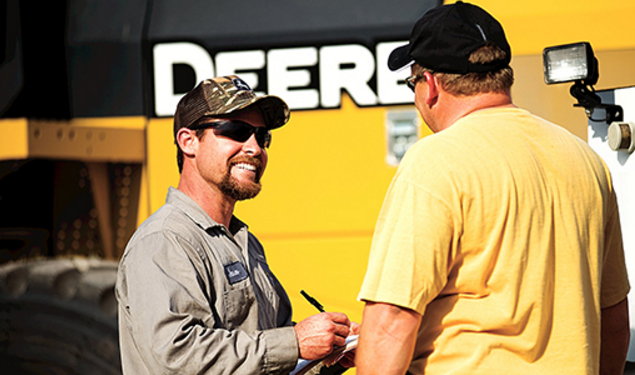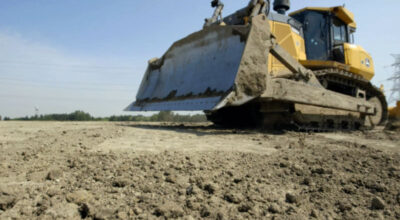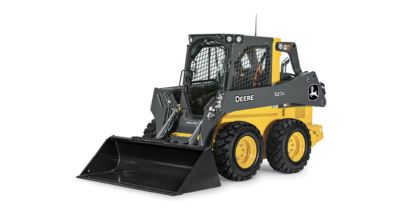When performing heavy equipment maintenance, basic safety inspections should never be overlooked as a part of the process. Heavy equipment inspections relating to safety will keep your crew safer during the working season and will also be beneficial to the health of your equipment fleet.

While basic safety inspections are often overlooked by operators, they’re very easy to incorporate into the machine maintenance fold. Here’s a list of locations on heavy equipment where safety inspections should be strongly considered.
Note: The frequency of these inspections may vary depending on the operating conditions.
Cab Windows
The windows in the cab are critical to overall visibility and operator protection. Walk around the equipment and inspect all the windows around the cab for any cracks, scratches, or gouges. Any of these factors can damage the integrity of the windows and they could break or shatter if not taken care of before the next use.
You should also wash the cab windows regularly with approved cleaning solutions to ensure top-notch visibility. Since not every window is made from the exact same material, the proper solution may vary. Using the wrong solution could scratch or damage the material’s integrity.
Screen Guards
While not every piece of heavy equipment has screen guards, those that do should be regularly inspected. Check to make sure the guards are secure and in good condition before putting the machine to work.
Handholds and Steps
The handholds and steps located around heavy equipment are critical components when it comes time to effectively operate. Make sure all the handholds are securely fastened to the machine’s foundation. Additionally, check all the steps and walkways to make sure the non-skid surfaces are in good shape. If non-skid material is damaged or worn down, have your dealer make any necessary repairs immediately.
Seat Belts and Safety Harnesses
Check the quality of your equipment’s seat belts and harnesses. Also, if you’re a fleet manager, be sure all your operators are wearing belts and harnesses when the equipment is being used. Replace the seat belts or harnesses if they appear to be damaged in any way.
Fire Extinguishers and Water Tanks
Take a walk around the equipment to make sure all fire extinguishers and water tanks are accessible and fully-operable. Be sure to regularly monitor the pressure of the water tanks.
Operator Station
All operators should regularly clean and clear the cab area of any loose materials or debris. Trash on the floor of the cab can roll around on the floor and make it harder to control the equipment.
Final Thoughts
We hope this post provides operators and fleet managers with the information they need to perform heavy equipment inspections that will improve safety and overall operation.
Contact your local John Deere dealer if you’re looking for more information about properly inspecting your equipment.
If you enjoyed this post or want to read others, feel free to connect with us on Facebook, or Twitter!


